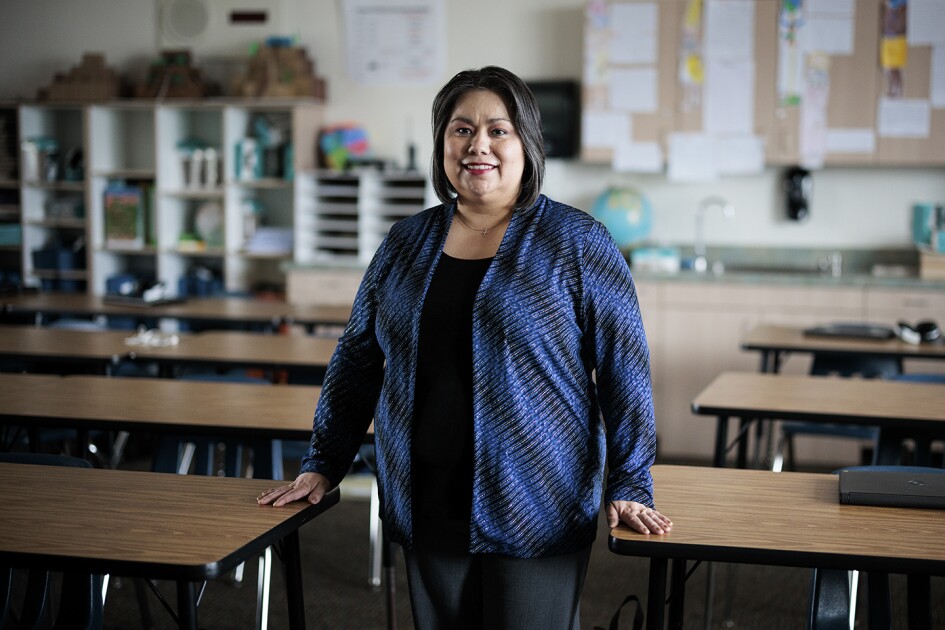Recently the State of California placed five Oakland middle schools on its list of “persistently low-achieving schools.” Each of these schools is less than five years old. These schools were started when the school at the same site was closed down due to poor performance. These five schools are all within a few miles of each other, in East Oakland, where the majority of the city’s 150-plus murders occur each year, and where unemployment exceeds 25%. The vast majority of the students are eligible for free or reduced price lunches due to poverty, and many are English language learners.
I work with teachers at some of these schools. One of them shared with me some of her concerns about this process. The entire classification system is based on test scores, and the schools needed to show they had moved up 50 points on the API ladder. But while other schools had five years to make these gains, these new schools only had two, and so although their scores were improving, the rate was not fast enough to get them out of trouble.
We also need to become more sophisticated in how we measure student learning. We cannot simply set arbitrary test score goals and demand the same performance regardless of the circumstances. We need to be able to look more carefully at how students are learning - including art, music, pe, science and history, otherwise schools in danger of reconstitution will be forced to pursue test preparation above all else.
Another thing that is troubling is the solutions offered for “restructuring.” To qualify for a “School Improvement Grant,” a school must choose from one of these options:
1. Close and send their students to other schools
2. Close and reopen as a charter school
3. Fire the principal and half the teaching staff; or
4. Fire the principal, extend the school day and make other changes.
Why are we so fixated on closing schools and firing people? Donald Trump makes for great TV drama, but these methods have a very poor track record in our schools. At two of the Oakland schools, the principal has been there less than two years, so they can choose Option 4 and still keep their principal. But at two other schools, the principal is a key school leader who has been there for longer, and must be fired in order for the school to qualify for a school improvement grant. My colleague shared with me that the principal is the heart of the school, and they do not want to lose her. And the staff has had very high turnover. Only five of the fourteen teachers have been there for more than two years. The solutions being offered for restructuring actually create more instability, when what is needed is persistence and investment.
In Rhode Island last week, we learned that the teachers and administration have reached an agreement that allows all to continue working, rescinding the decision to fire them. It is hard to understand why such hardball tactics were needed, and makes me wonder what cost we pay when people’s livelihoods are threatened.
In Los Angeles no such accord has been reached at Fremont High, where some of the strongest teachers in the school are the most resolute in their determination that they should not have to reapply for their jobs. The school is only a few weeks away from a major restructuring, one that will leave the staff decimated and divided.
The solutions on that short list of restructuring options do not show much imagination, and the test scores used to judge schools to be in need of restructuring show even less. California Congresswoman Judy Chu today released a proposal designed to enhance flexibility and local control. Strengthening Our Schools is the title, and it states in part:
Systemic rebuilding cannot be done with school personnel alone. Parents, community leaders, businesses, and other stakeholders represent essential human and social capital that needs to be brought in and leveraged. Greater flexibility must be given to districts and schools to maximize their effective use of resources. It is essential to:
- ensure schools can use allocated funds flexibly
- enhance administrator recruitment, induction, mentoring, professional development and retention
- foster a sense of collaborative ownership by prioritizing buy-in from teachers,
- specialized instruction support personnel, principals, parents, and the community
- ensure multi-year investments to fully fund and sustain real reform
In Oakland, the Board of Education will hold a hearing tonight to deliberate the fate of the schools on the state’s bad list. Two of the schools have no good options. They can fire their principals and get much-needed improvement funds, or they can defy the rules and make their own way without federal support.
I agree with Congresswoman Chu’s proposals. We need to look at school improvement as an extended project, based on carefully built relationships between teachers, administrators, parents, students and the broader community. As our experience in Oakland shows, this does not often happen as the result of dramatic interventions that magically replace ineffective burnouts with bright newcomers. We need to build stability by investing in these schools, and nurture rather than undermine the often-heroic teachers who work here.
What do you think? How should schools in need of improvement be identified? What should be the key elements of an improvement strategy?


